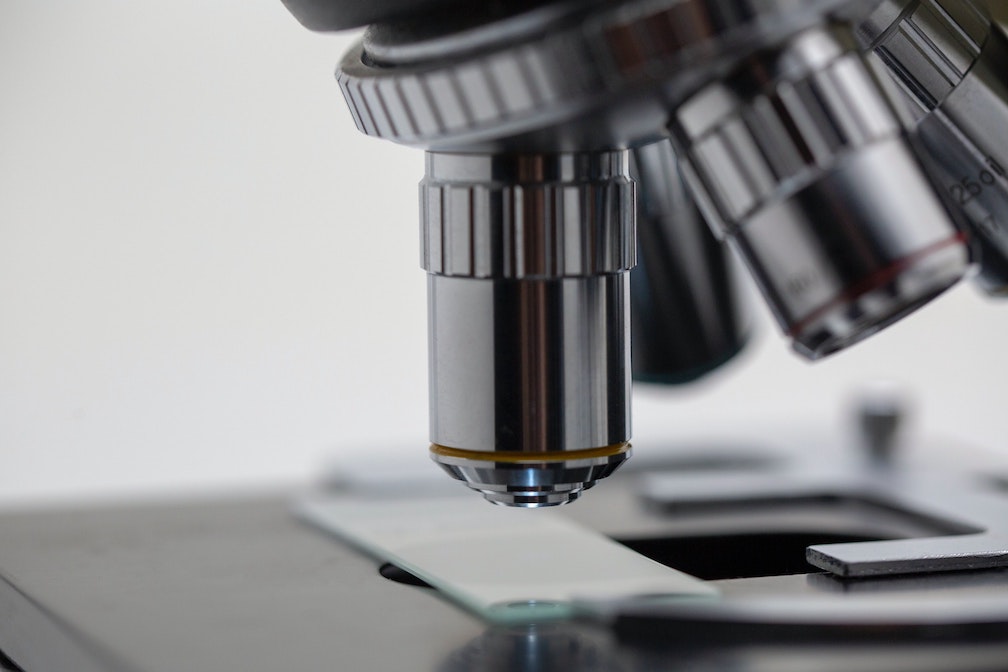https://gatech.zoom.us/j/91055142596?pwd=NkIxQnNvNS9EZ2QweFk3bWR0dC9lZz… Additive manufacturing has experienced considerable growth over the recent decades from technological infancy to functional use across a range of industries and applications. This growth has come with increased challenges as optimal function requires the marriage of both the proper material and geometry. This challenging optimization problem is currently solved through the intervention of AM experts to ensure proper process parameters are selected. However, the need for such interventions obstructs AM from reaching its full potential to deliver customized solutions in a high-mix, low-volume (HMLV) circumstance. Thus, there is a crucial need for solutions that accommodate frequent changeovers that are innate to HMLV without sacrificing the ability to analyze the complex properties of interest. Artificial Intelligence (AI) and its specific success with image analysis represents an opportunity assist in AM for HMLV manufacturing and ease the burden from AM experts. The proposed research will utilize direct ink write (DIW) to demonstrate the capabilities of AI to impact HMLV manufacturing in the following case studies: The first study will develop a generalizable image analysis and AI tool to classify DIW printed linear self-supporting filaments and demonstrate the toolâ?Ts multiple value to automated experimentation. The second study will apply further AI techniques to build upon the image analysis and AI tool using data-driven exploration to discover sufficient parameters to DIW print complex non-linear self-supporting geometries. The third study will utilize similar image analysis and AI methodology on the DIW printing of quantum dot (QD) ink drops, a vastly different AM application, to classify the spatial ink distribution of the printed drops. The tools constructed will lay the groundwork for AI-driven HMLV analysis on the fundamental print element scale which can be extended in future work to full functional parts.
Pagination
phD-defense
Prince Gilbert Library
Title: Exploration of High-Mix, Low Volume Direct Write Design Spaces Through Artificial Intelligence When: Tuesday, November 28, 2023 at 10:15 AM Where: Prince Gilbert Library, Room Virtual, Room 4222
ms-thesis
Love Building, Room 210
Title: Through-metal ultrasonic transmission focusing on thermal effects and couplant material selection When: Tuesday, November 28, 2023 at 11:00 AM Where: Love Building, Room 210


